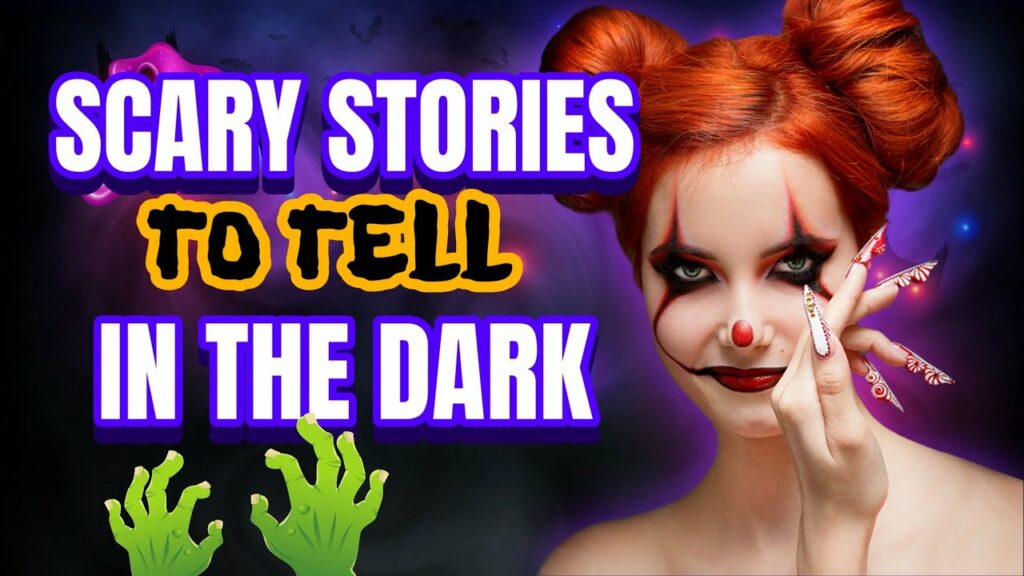You’re about to embark on a spine-chilling journey into the world of psychological fear with the video “The Haunting of Hill House: Exploring Psychological Fear.” Delve into the dark and haunting tales that have captivated audiences for generations as we unravel the top 25 scary books and destinations that will leave you on the edge of your seat. From folklore-inspired stories to urban legends, each narrative is carefully crafted to send shivers down your spine and blur the line between reality and the supernatural.
Prepare yourself for a hair-raising experience as we explore malevolent creatures, relentless curses, and unspeakable horrors that defy explanation. From Stephen King’s chilling masterpiece “IT” to the eerie confines of “The Shining” and the psychological thriller of “Psycho,” each story will linger in your imagination long after you finish reading. Whether you’re a horror enthusiast or a casual viewer, these spooky tales will keep you spellbound and send a shiver down your spine with each turn of the page.
Introduction
Welcome to a journey into the world of psychological fear as we delve deep into the realms of literature and entertainment. In this comprehensive article, we will explore the nature of psychological fear in the haunting tales of “The Haunting of Hill House.” We will also embark on a historical exploration of horror storytelling, analyzing its origins, influences, and evolution. Furthermore, we will unravel the connection between fear and entertainment, investigating the impact of fear on audiences and the enduring appeal of scary narratives. Get ready to dive into classic horror works, examine the legacy of “The Haunting of Hill House,” and explore themes of fear and trauma in literature. By the end of this exploration, you will gain a deeper understanding of psychological fear and its significance in captivating audiences across various mediums.
Exploring The Haunting of Hill House
Analyzing the characters and their fears
In “The Haunting of Hill House,” the characters are meticulously crafted to embody a diverse range of fears and vulnerabilities. From Eleanor’s deep-rooted insecurities to Theo’s guarded persona, each character’s fears are intricately woven into the narrative, creating a tapestry of psychological terror. As readers, we witness these fears manifest in eerie ways, challenging the characters’ sanity and unraveling their deepest anxieties. The exploration of character fears in the novel adds layers of complexity to the story, drawing readers into a haunting world of psychological suspense.
Examining the setting and atmosphere
The setting of Hill House plays a pivotal role in creating an atmosphere of dread and foreboding. The oppressive architecture, the labyrinthine corridors, and the ghostly whispers that haunt the halls all contribute to a sense of unease and tension. Shirley Jackson masterfully constructs a setting that feels alive with malevolent energy, heightening the psychological fear that permeates the novel. The haunting atmosphere of Hill House becomes a character in itself, shaping the narrative and enveloping readers in a world of dark secrets and hidden fears.
Interpreting the supernatural elements
The supernatural elements in “The Haunting of Hill House” blur the line between reality and illusion, inviting readers to question the nature of fear and the existence of the supernatural. From unexplained phenomena to eerie manifestations, the novel weaves a web of mystery and intrigue, keeping readers on edge as they navigate the complexities of the supernatural realm. Through the lens of psychological fear, the supernatural elements in the novel serve as a catalyst for exploring the depths of human psyche and the power of fear to shape perceptions and beliefs.
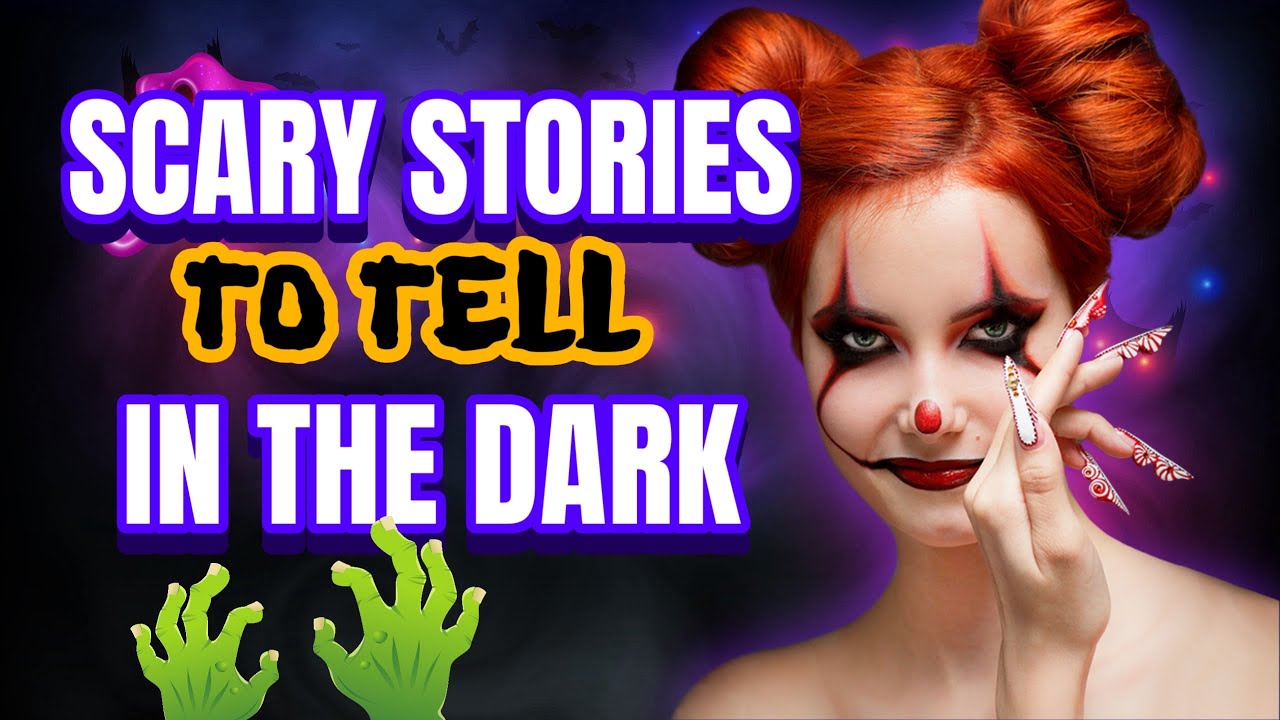
Psychological Fear in Literature
Understanding the nature of psychological fear
Psychological fear in literature is deeply rooted in the human experience, tapping into our primal instincts and deepest anxieties. Unlike conventional fears based on external threats, psychological fear delves into the intricacies of the mind, exploring the complexities of trauma, anxiety, and existential dread. By harnessing the power of psychological fear, authors can create narratives that resonate with readers on a profound emotional level, evoking a visceral response that lingers long after the story has ended.
Exploring the impact on readers
The impact of psychological fear on readers is multifaceted, ranging from intense emotional reactions to introspective contemplation. When confronted with narratives that evoke psychological terror, readers often experience a heightened sense of tension, suspense, and unease. The emotional journey through fear can lead to a deeper understanding of human nature, resilience, and the fragility of the human mind. By immersing readers in worlds of psychological fear, literature has the power to provoke thought, spark conversation, and elicit a range of emotional responses that enrich the reading experience.
Comparing psychological fear to other types of fear
While psychological fear explores the depths of the human psyche, other types of fear in literature focus on external threats, such as monsters, serial killers, or supernatural entities. These fears are often rooted in physical danger, terror, and the unknown, creating a sense of immediate peril that drives the narrative forward. In contrast, psychological fear delves into internal struggles, emotional traumas, and existential dread, tapping into the darker aspects of human consciousness. By comparing psychological fear to other types of fear, readers can gain a nuanced understanding of the different ways in which fear is portrayed and experienced in literature.
History of Horror Tales
Origins of horror storytelling
The origins of horror storytelling can be traced back to ancient myths, folklore, and oral traditions that were passed down through generations. These early tales often revolved around supernatural beings, monstrous creatures, and the unknown forces that haunted the human imagination. Over time, horror storytelling evolved to reflect societal fears, cultural anxieties, and changing belief systems, paving the way for the emergence of modern horror genres.
Influence of folklore and urban legends
Folklore and urban legends have had a profound influence on horror storytelling, providing a rich tapestry of myths, legends, and superstitions that continue to captivate audiences worldwide. From the legend of the Headless Horseman to the tale of the Babysitter and the Man Upstairs, urban legends tap into our primal fears, insecurities, and the mysteries that lurk in the shadows. By drawing inspiration from folklore and urban legends, authors have crafted terrifying narratives that resonate with readers across cultures and generations.
Evolution of horror genres
The evolution of horror genres has been marked by innovation, experimentation, and a constant reimagining of traditional tropes and themes. From the gothic horror of Edgar Allan Poe to the cosmic horror of H.P. Lovecraft, horror literature has embraced a diverse array of styles, settings, and monsters. As the genre continues to evolve, authors push the boundaries of fear, imagination, and storytelling, creating new subgenres, hybrid forms, and narratives that challenge conventions and redefine the limits of horror fiction.
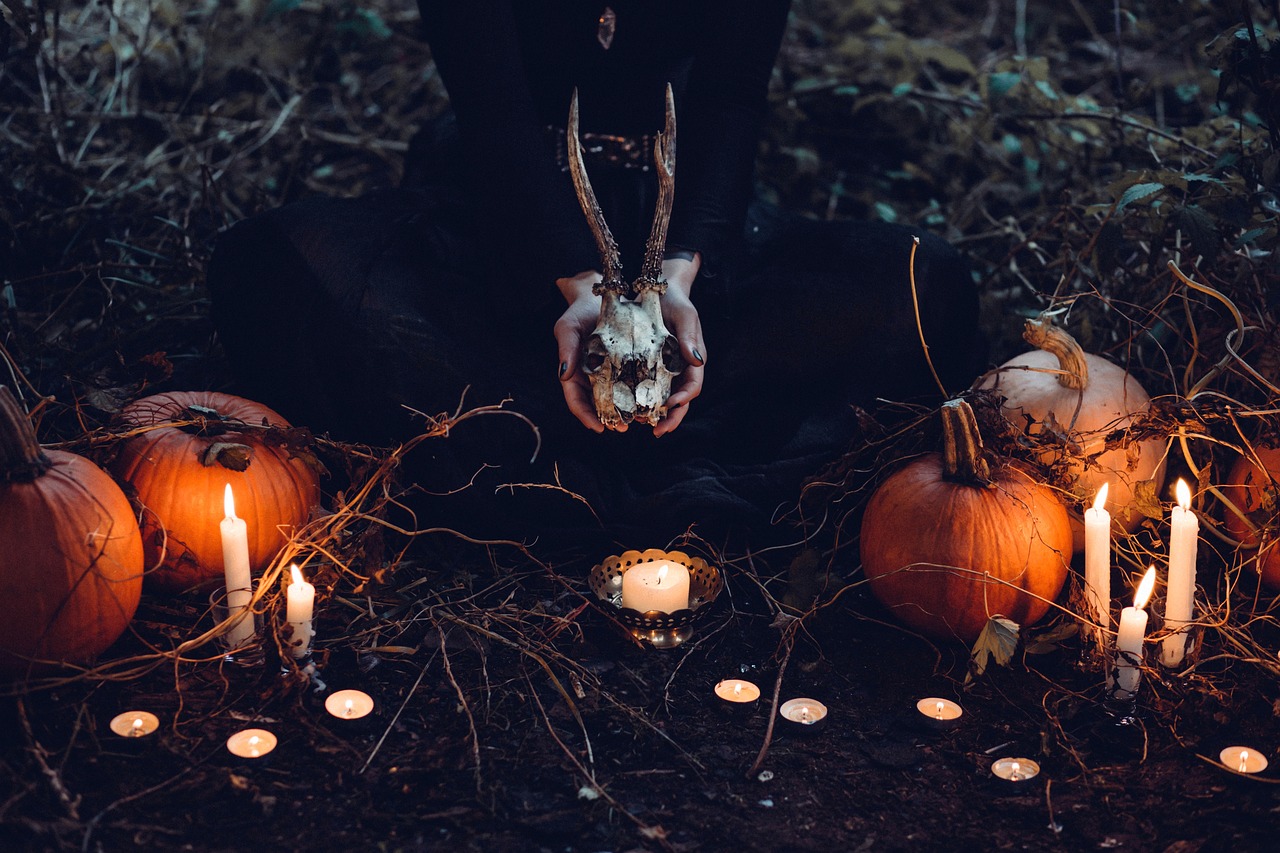
Connection Between Fear and Entertainment
Effect of fear on the audience
Fear has a profound effect on audiences, eliciting a range of emotional responses, from excitement and suspense to anxiety and dread. When audiences are confronted with narratives that evoke fear, they often experience a sense of thrill, intrigue, and adrenaline rush that heightens their engagement with the story. The emotional rollercoaster of fear can be a cathartic experience, allowing audiences to confront their deepest anxieties, fears, and phobias in a safe and controlled environment.
Role of fear in entertainment
Fear plays a crucial role in entertainment, shaping the narratives, characters, and themes that captivate audiences and keep them coming back for more. Whether it’s a spine-chilling horror film, a heart-pounding thriller novel, or a suspenseful television series, fear serves as a powerful storytelling device that drives plot progression, character development, and audience engagement. By harnessing the power of fear, entertainers can create immersive experiences that linger in the minds of audiences long after the final scene has faded to black.
Exploring the appeal of scary narratives
The appeal of scary narratives lies in their ability to evoke strong emotional responses, challenge perceptions, and provoke thought. Audiences are drawn to scary stories for the thrill of the unknown, the excitement of danger, and the adrenaline rush that comes with confronting fear head-on. Whether it’s the anticipation of a jump scare, the suspense of a chilling revelation, or the eerie atmosphere of a haunted setting, scary narratives offer audiences a chance to escape reality, explore the limits of their imagination, and experience exhilarating storytelling that leaves a lasting impact.
Classic Horror Works
Analysis of ‘IT’ by Stephen King
“It” by Stephen King is a chilling masterpiece that weaves a tale of unspeakable horror in the small town of Derry, Maine. The story revolves around a group of friends confronting an ancient evil manifesting as the shape-shifting entity known as Pennywise the Dancing Clown. King brilliantly captures the vulnerability of childhood and the power of fear as the creature preys on the deepest fears of its victims. What makes “IT” a truly scary story to tell in the dark is King’s ability to blend supernatural horror with the very real terrors of adolescence, creating a narrative that resonates on both psychological and visceral levels.
Review of ‘The Shining’ by Stephen King
“The Shining” by Stephen King is a profound exploration of psychological horror set within the eerie confines of The Overlook Hotel. King delves deep into the psyche of Jack Torrance, a writer and recovering alcoholic who takes a job as the offseason caretaker of the isolated hotel. The hotel’s malevolent presence and haunted past gradually consume Jack, endangering his wife and young son who possesses a psychic ability known as The Shining. What elevates this novel to a terrifying tale to be told in the dark is King’s skill in blending the supernatural with the all-too-human descent into madness, creating a claustrophobic atmosphere where the line between reality and hallucination blurs.
Overview of ‘Psycho’ by Robert Bloch
“Psycho” by Robert Bloch is a psychological thriller that etched its place in horror history with its gripping exploration of madness and murder. The narrative revolves around Norman Bates, a seemingly mild-mannered young man with a disturbing relationship with his mother. The Bates Motel becomes the stage for a series of mysterious and gruesome events. Bloch’s genius lies in crafting a narrative that delves into the twisted psychology of its characters, blending elements of suspense, horror, and a shocking revelation. What makes “Psycho” a spine-chilling story to recount in the dark is its skillful manipulation of reader expectations and its portrayal of the darkness that can lurk behind seemingly ordinary facades.
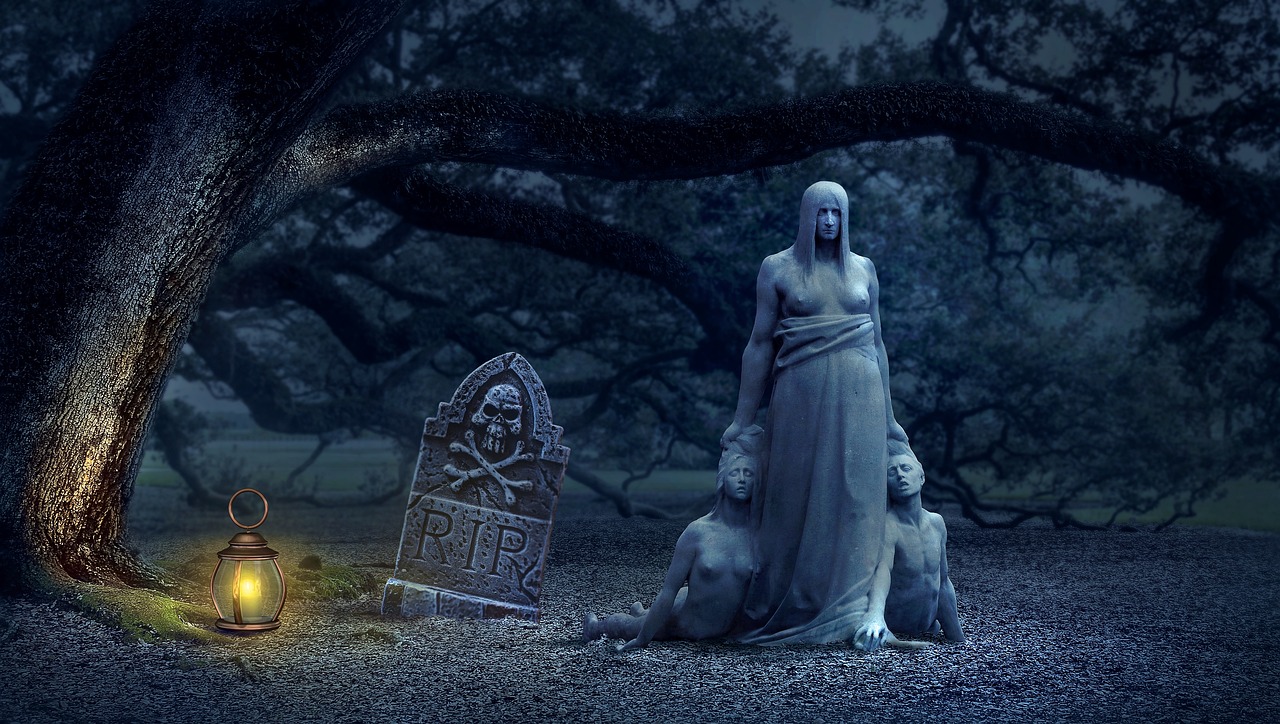
Influence of The Haunting of Hill House
Impact on contemporary horror literature
“The Haunting of Hill House” has had a significant impact on contemporary horror literature, inspiring authors to explore themes of psychological fear, haunted houses, and supernatural phenomena. Shirley Jackson’s groundbreaking work has set a standard for atmospheric horror, intricate character development, and chilling narratives that continue to influence writers across genres. The legacy of “The Haunting of Hill House” can be seen in the proliferation of haunted house stories, psychological thrillers, and Gothic fiction that draw inspiration from Jackson’s masterful storytelling.
Inspiration for other works
“The Haunting of Hill House” has inspired numerous works in literature, film, and television, each drawing upon the novel’s themes of psychological fear, ghostly apparitions, and haunted spaces. From classic horror films to contemporary novels, the influence of Hill House can be seen in stories that explore the darker aspects of human nature, the fragility of sanity, and the enduring legacy of fear. By delving into the psychological depths of fear, authors and creators have been able to craft narratives that resonate with audiences and challenge conventional storytelling conventions.
Cultural significance of the novel
“The Haunting of Hill House” holds a significant cultural significance as a landmark work that redefined the horror genre and introduced readers to a new form of psychological terror. Shirley Jackson’s novel has become a touchstone for haunted house stories, explorations of fear, and complex character studies that continue to captivate audiences across generations. The enduring popularity of “The Haunting of Hill House” speaks to its timeless themes, evocative atmosphere, and profound examination of the human psyche, solidifying its place as a classic of horror literature.
Psychological Fear in Film Adaptations
Comparison of book to movie adaptations
Film adaptations of psychological fear often face the challenge of translating the complex themes, character dynamics, and narrative depth of the original source material onto the screen. While some adaptations successfully capture the essence of psychological horror, others may struggle to convey the nuances of fear, trauma, and psychological tension that are inherent in literature. By comparing book to movie adaptations, audiences can gain a deeper appreciation for the ways in which different mediums approach the portrayal of psychological fear, allowing for a more nuanced understanding of storytelling techniques and cinematic interpretation.
Exploring the visual representation of fear
In film adaptations of psychological fear, the visual representation of fear plays a crucial role in immersing audiences in the narrative, evoking emotional responses, and heightening the tension of the story. Visual cues, atmospheric lighting, haunting imagery, and chilling sound design all contribute to creating a sense of dread, unease, and suspense that enhances the psychological impact of the film. By exploring the visual representation of fear in film adaptations, viewers can gain insight into the ways in which filmmakers use visual storytelling techniques to convey psychological terror and invoke primal emotions in their audiences.
Impact of film adaptations on the audience
Film adaptations of psychological fear have a unique ability to evoke intense emotional responses, visceral reactions, and lasting impressions on audiences. When viewers are confronted with on-screen representations of fear, trauma, and psychological horror, they may experience a sense of dread, unease, and suspense that lingers long after the film has ended. The immersive nature of cinema, combined with visual and auditory stimuli, allows filmmakers to create a heightened sense of fear and tension that can captivate audiences and provoke thought-provoking discussions about the nature of fear, the human psyche, and the power of storytelling.
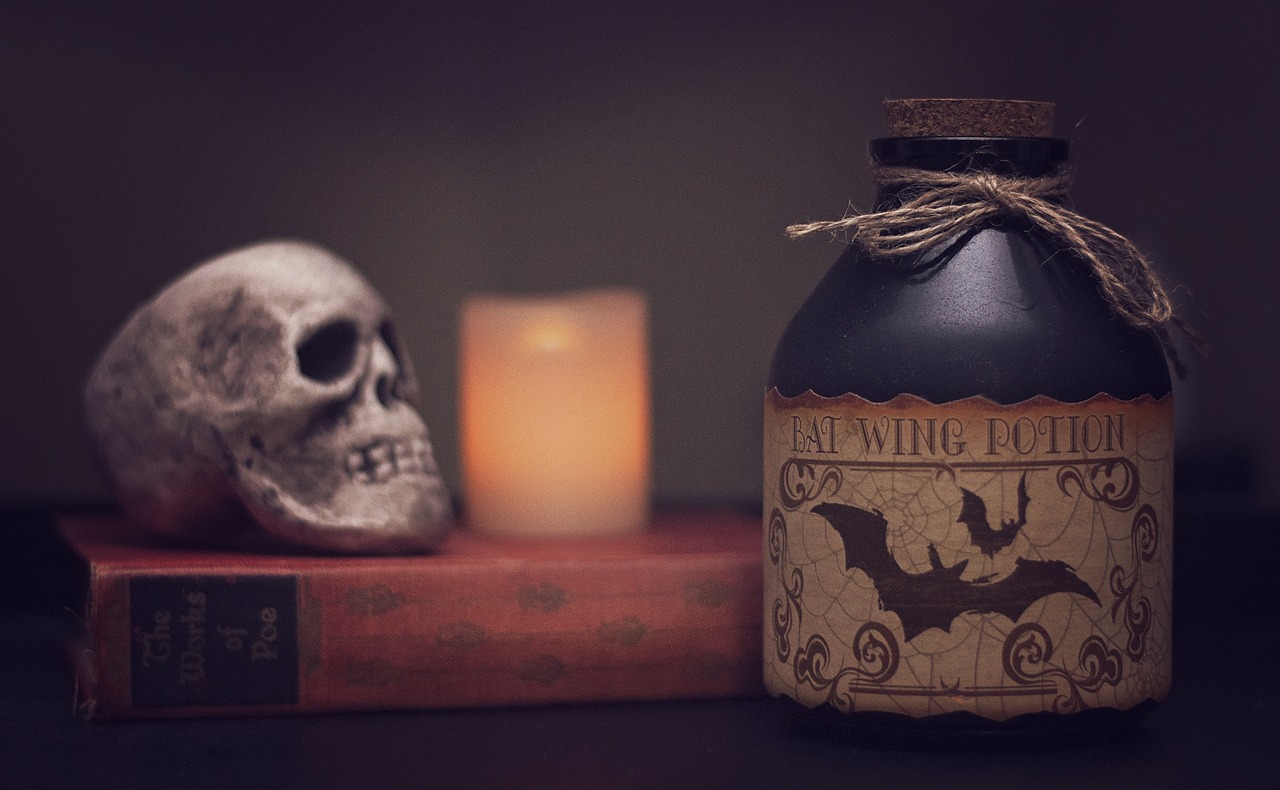
Exploring Themes of Fear and Trauma
Discussion on fear as a motif in literature
Fear serves as a powerful motif in literature, driving narratives, shaping character arcs, and exploring the complexities of the human experience. By delving into themes of fear, authors can create stories that resonate with readers on an emotional, intellectual, and philosophical level, prompting contemplation on the nature of fear, trauma, and resilience. The exploration of fear as a motif in literature allows for a deeper understanding of human nature, the complexities of psychological terror, and the transformative power of storytelling.
Exploring the connection between fear and trauma
Fear and trauma are intrinsically linked in literature, often manifesting as psychological obstacles, haunting memories, and unresolved anxieties that shape character development and plot progression. The connection between fear and trauma allows authors to delve into the darker aspects of human consciousness, exploring the lasting impact of past experiences, the fragility of the human psyche, and the resilience needed to confront and overcome fear. By examining the intricate relationship between fear and trauma, readers can gain insight into the complexities of human emotions, the power of storytelling, and the enduring legacy of psychological terror.
Effect of trauma on characters
Trauma plays a pivotal role in shaping characters, driving their motivations, fears, and psychological struggles in literature. Characters who have experienced trauma often grapple with issues of identity, trust, and emotional vulnerability, creating compelling narratives that resonate with readers on a personal level. The effect of trauma on characters can be profound, leading to internal conflicts, external challenges, and transformative growth that propel the story forward. By exploring the impact of trauma on characters, authors can create narratives that delve into the complexities of human experience, empathy, and the enduring power of resilience in the face of fear.
Conclusion
In conclusion, the exploration of psychological fear in literature and entertainment offers a captivating journey into the depths of human consciousness, the mysteries of the unknown, and the enduring power of storytelling. By analyzing the haunting tales of “The Haunting of Hill House,” delving into the history of horror storytelling, and examining the connection between fear and entertainment, readers can gain a richer appreciation for the complexities of psychological fear and its impact on audiences. Through the lens of classic horror works, film adaptations, and themes of fear and trauma, we can reflect on the enduring appeal of scary stories that continue to captivate audiences across generations. By considering the evolution of horror genres, the influence of iconic works, and the cultural significance of psychological fear, we can better understand the profound impact of fear on literature, entertainment, and the human experience. As we navigate the realms of psychological fear, haunted houses, and the mysteries of the supernatural, we are reminded of the power of storytelling to evoke emotion, provoke thought, and immerse us in worlds of darkness, suspense, and terror. So, embrace the fear, explore the unknown, and embark on a journey into the heart of psychological terror that will leave you questioning reality, confronting your deepest fears, and lingering in the shadows of the mind.
Powered by Azon AutoSites

